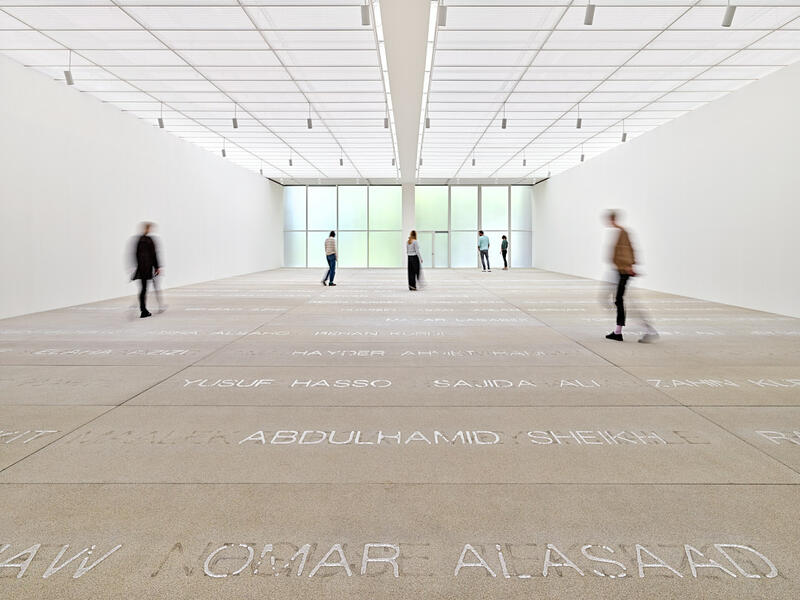The Timeless Beauty of Klimt Paintings
Gustav Klimt, an Austrian symbolist painter, is renowned for his captivating and innovative artworks that continue to mesmerize art enthusiasts worldwide. His unique style, characterized by intricate patterns, vivid colors, and symbolism, has left an indelible mark on the art world.
The Artistic Vision of Gustav Klimt
Klimt’s paintings often depict themes of love, sensuality, and the human experience. His use of gold leaf in many of his works adds a luxurious and mystical quality, enhancing the ethereal beauty of his subjects. The intricate details and ornate patterns in his paintings draw viewers into a world of opulence and symbolism.
Symbolism and Meaning in Klimt’s Art
Symbolism plays a significant role in Klimt’s art, with each element carefully chosen to convey deeper meanings. From the use of geometric shapes to represent unity and infinity to the inclusion of symbolic figures like serpents and flowers, every aspect of his paintings tells a story rich in allegory and metaphor.
Legacy and Influence
Klimt’s artistic legacy extends far beyond his lifetime. His innovative techniques and visionary approach to art have inspired generations of artists and continue to influence contemporary art movements. The timeless beauty of Klimt’s paintings transcends cultural boundaries and speaks to the universal language of creativity.
Exploring Klimt’s Masterpieces
From “The Kiss” to “Portrait of Adele Bloch-Bauer I,” Klimt’s masterpieces captivate viewers with their elegance and emotional depth. Each painting invites contemplation and reflection, offering a glimpse into the artist’s profound understanding of human nature and emotion.
Appreciating Klimt’s Art Today
As we continue to admire Gustav Klimt’s paintings, we are reminded of the enduring power of art to evoke emotions, provoke thought, and inspire creativity. His timeless works serve as a testament to the beauty that can be created through artistic expression.
Exploring the Artistry of Gustav Klimt: 9 Insights into His Iconic Paintings and Legacy
- Gustav Klimt was an Austrian symbolist painter known for his decorative paintings.
- Klimt’s art is characterized by intricate patterns, gold leaf, and symbolism.
- His most famous painting is ‘The Kiss,’ which depicts a couple embracing amidst a golden background.
- Klimt often portrayed themes of love, sensuality, and the human condition in his works.
- He was a prominent member of the Vienna Secession movement, which aimed to break away from traditional art styles.
- Klimt’s ‘Portrait of Adele Bloch-Bauer I’ is one of the most expensive paintings ever sold.
- His art was controversial at the time due to its eroticism and unconventional style.
- Klimt’s use of symbolism and allegory adds layers of meaning to his artworks.
- His influence can be seen in modern art, fashion, and design.
Gustav Klimt was an Austrian symbolist painter known for his decorative paintings.
Gustav Klimt, the renowned Austrian symbolist painter, is celebrated for his exquisite decorative paintings that showcase his unique artistic vision. Through his intricate and ornate style, Klimt created mesmerizing artworks that captivate viewers with their beauty and symbolism. His mastery of decorative elements, combined with his profound understanding of symbolism, set him apart as a visionary artist whose work continues to inspire and enchant audiences around the world.
Klimt’s art is characterized by intricate patterns, gold leaf, and symbolism.
Gustav Klimt’s artistic style is defined by a mesmerizing combination of intricate patterns, luxurious gold leaf embellishments, and profound symbolism. His paintings exude a sense of opulence and mystique, with each detail meticulously crafted to convey deeper meanings and evoke emotional responses. The use of intricate patterns adds a layer of complexity to his works, while the application of gold leaf infuses them with a radiant and otherworldly quality. Symbolism plays a crucial role in Klimt’s art, with every element carefully chosen to convey themes of love, sensuality, and the human experience. Through his masterful use of these artistic elements, Klimt creates timeless pieces that continue to captivate and inspire audiences around the world.
His most famous painting is ‘The Kiss,’ which depicts a couple embracing amidst a golden background.
Gustav Klimt’s most renowned painting, ‘The Kiss,’ is a masterpiece that captures the essence of love and intimacy. In this iconic work of art, a couple is depicted in a tender embrace against a backdrop of shimmering gold. The intricate details and symbolic elements in the painting convey a sense of passion and connection, making it a timeless representation of romantic love in the art world.
Klimt often portrayed themes of love, sensuality, and the human condition in his works.
Gustav Klimt’s artistic vision frequently delved into themes of love, sensuality, and the complexities of the human condition, as reflected in his paintings. Through his masterful use of symbolism, intricate patterns, and vibrant colors, Klimt captured the essence of these themes with a mesmerizing allure that continues to captivate audiences. His ability to convey the nuances of human emotions and relationships through art is a testament to his profound understanding of the human experience and his unparalleled skill in translating these concepts onto canvas.
He was a prominent member of the Vienna Secession movement, which aimed to break away from traditional art styles.
Gustav Klimt’s significance as a prominent member of the Vienna Secession movement cannot be overstated. This artistic movement sought to challenge and break away from traditional art styles prevalent during its time. Klimt’s involvement in the Vienna Secession not only showcased his rebellious spirit but also highlighted his commitment to pushing the boundaries of artistic expression. Through his innovative approach and distinctive style, Klimt played a pivotal role in shaping the trajectory of modern art, leaving a lasting impact on the art world.
Klimt’s ‘Portrait of Adele Bloch-Bauer I’ is one of the most expensive paintings ever sold.
Gustav Klimt’s ‘Portrait of Adele Bloch-Bauer I’ stands as a testament to the artist’s unparalleled talent and artistic vision. This iconic painting holds a significant place in art history, not only for its exquisite beauty but also for its record-breaking sale price, making it one of the most expensive paintings ever sold. The portrait captures the essence of elegance and sophistication, showcasing Klimt’s mastery in portraying his subjects with a sense of grace and allure. Its immense value reflects the enduring appeal and timeless allure of Klimt’s work, solidifying his status as a legendary figure in the world of art.
His art was controversial at the time due to its eroticism and unconventional style.
Gustav Klimt’s art was considered controversial during his time, primarily because of its bold eroticism and unconventional style. His willingness to explore themes of sensuality and human intimacy challenged societal norms and sparked debates within the art world. Klimt’s unapologetic approach to depicting the human form in a provocative manner pushed boundaries and redefined traditional notions of beauty and artistry, leaving a lasting impact on the evolution of modern art.
Klimt’s use of symbolism and allegory adds layers of meaning to his artworks.
Klimt’s artistry shines through his masterful use of symbolism and allegory, enriching his paintings with layers of profound meaning and significance. Each symbol carefully chosen by Klimt serves as a gateway to a deeper understanding of his work, inviting viewers to unravel the intricate narratives woven into each masterpiece. Through his deliberate incorporation of symbolic elements, Klimt transcends mere visual representation, delving into the realms of emotion, philosophy, and human experience to create art that resonates on multiple levels with its audience.
His influence can be seen in modern art, fashion, and design.
Gustav Klimt’s influence extends far beyond his own era, resonating in modern art, fashion, and design. His innovative techniques, use of symbolism, and unique artistic vision have inspired contemporary artists to push boundaries and explore new creative possibilities. In the world of fashion, Klimt’s intricate patterns and opulent color palettes have influenced designers to create luxurious and visually striking collections. Additionally, his aesthetic sensibilities have left a mark on interior design, with elements of his style often incorporated into modern decor to evoke a sense of elegance and sophistication. Klimt’s legacy continues to shape the artistic landscape today, showcasing the enduring impact of his work on various creative disciplines.





I really like your blog.. very nice colors & theme.
Did you create this website yourself or did you hire someone to do it for you?
Plz respond as I’m looking to create my own blog
and would like to know where u got this from.
thanks https://tiktur.ru/
Thank you for your kind words! We’re glad you enjoy our blog about Klimt paintings. The website was created with a custom design that reflects the timeless beauty and artistic vision of Gustav Klimt. If you’re looking to create your own blog, we recommend exploring themes that resonate with your interests and passions, just like Klimt’s art resonates with us. Feel free to visit https://tiktur.ru/ for inspiration and resources to kickstart your blogging journey. Best of luck with your blog!